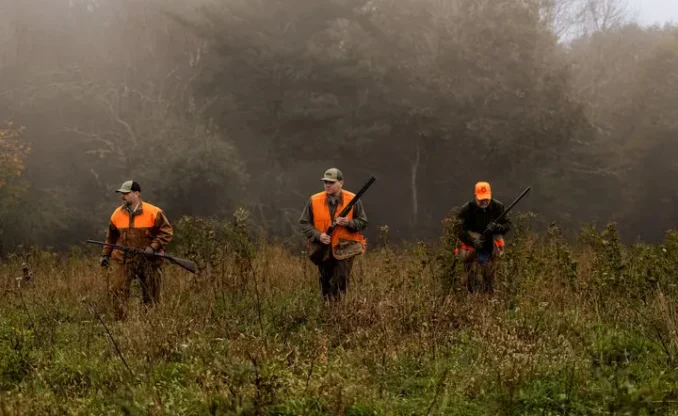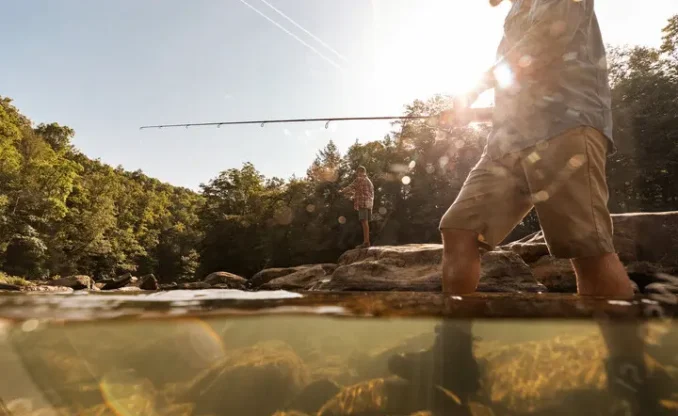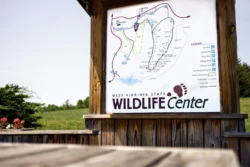Five months after releasing 48 bobwhite quail at the Tomblin Wildlife Management Area, the once native birds have produced West Virginia’s first wild brood in more than 50 years.
Last month, the West Virginia Division of Natural Resources confirmed that bobwhite quail were successfully reproducing at Tomblin WMA when wildlife managers found at least two chicks.
“We’ve been able to see and hear bobwhite quail for months, but now we know there’s at least one brood out there, which is really exciting,” said Logan Klinger, wildlife manager at Tomblin WMA.
The WVDNR is in the first year of a five-year project to re-establish bobwhite quail in West Virginia. This once native bird declined in numbers 50 years ago due to habitat loss. After the urging of Gov. Jim Justice to determine if wild quail could make a comeback in West Virginia, the WVDNR picked Tomblin WMA in Logan County to be the site of a restoration project.
In February 2020, 35 of the 48 bobwhite quail, which came from Texas, were fitted with radio collars and released at two different sites. Throughout March, the birds stayed in the same area before spreading out in April. Since then, Klinger and other wildlife managers have been using the radio collars to track the quail, though several collars have been lost over the last few months. While losing the collars prevents the WVDNR from getting an accurate count on the quail, Klinger said he is optimistic about the project’s future knowing that the birds are reproducing.
“We know they can survive on our landscape, but the true test will come during the winter,” Klinger said. “The cold months are hard on these birds, but food and cover are plentiful and we’re confident they’ll be able to get into their covey to make it through the winter.”

Helping West Virginia’s bobwhite quail feel at home
Planting food sources and cover for the quail is a big part of the ongoing work needed to sustain a quail population. The WVDNR has been working on making the Tomblin WMA suitable for bobwhite quail for years and Klinger and other managers recently planted an additional 12 acres of quail-friendly habitat, such as sorghum, Egyptian wheat, winter foods and warm-season grasses.
“We cleared out invasive species and started creating field openings with hopes to make more continuous quail habitat,” Klinger said. “We’re still in the early stage, but hope to find even more areas we can clear out and put something on the ground the quail will use.”

Conservation success at Tomblin WMA
Bobwhite quail isn’t the only species to be reintroduced at Tomblin WMA. In 2015, the WMA was created as part of an elk reintroduction plan for southern West Virginia. After an initial release of 24 elk, the herd has grown to about 85 through additional releases and the births of at least 15 calves.
“It’s a responsibility of ours to bring these animals back,” Klinger said. “To be able to see them sustainably live on this landscape again is a victory in my eyes.”
To learn more about the WVDNR’s conservation efforts, visit wvdnr.gov.






